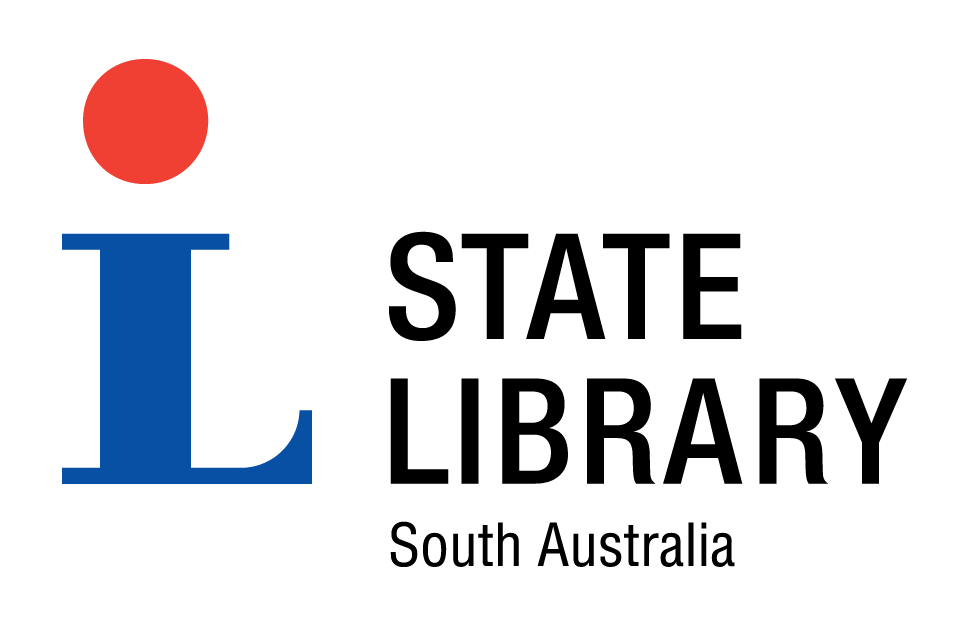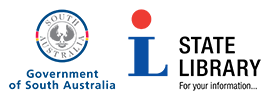
Pacific Ocean |
|||
|---|---|---|---|
| Title : | Pacific Ocean |

|
|
| Creator : | Ortelius, Abraham, 1527-1598 | ||
| Source : | Theatre de l'univers: contenant les cartes de tout le monde | ||
| Place Of Creation : | Anvers | ||
| Publisher : | De l'Imprimerie Plantinienne, pour Abraham Ortel autheur mesme de ce livre | ||
| Date of creation : | 1598 | ||
| Format : | Book | ||
| Contributor : | Royal Geographical Society of South Australia Inc | ||
| Catalogue record | |||
| The State Library of South Australia is keen to find out more about SA Memory items. We encourage you to contact the Library if you have additional information about any of these items. | |||
| Copyright : | This item is reproduced courtesy of Royal Geographical Society of South Australia Inc.. It may be printed or saved for research or study. Use for any other purpose requires written permission from Royal Geographical Society of South Australia Inc. and the State Library of South Australia. To request approval, complete the Permission to publish form. |
| Description : |
Ortelius' map of the Pacific Ocean from his 1598 atlas reveals the extent of contemporary knowledge of this region of the world. The hypothetical southern continent reaches across the lower reaches of the ocean and is here called Terra Australis sive Magellanica nondum detecta, reflecting Ferdinand Magellan's discovery of the strait at the bottom of South America which gave him passage to the Pacific Ocean in 1519. Magellan's ship Victoria is depicted on the ocean. Above the unknown southern land is an overly large New Guinea, with the Solomon Islands which were discovered by the Spaniard Alvaro de Mendana y Neyra in 1568. The search for the southern continent would not be finally resolved until James Cook, in his three voyages of discovery between 1768 and 1779 swept the Pacific Ocean and established the eastern coast of New Holland and the northern extent of Antarctica.
Abraham Ortelius was born in Antwerp in 1526, and became a map colourist and acquired considerable skill at this craft, to the extent that 'some customers insisted on buying atlases coloured by him even after he had become a publisher, cartographer and merchant.' Ortelius graduated from colourist to merchant and attended the Frankfurt Book Fairs in pursuit of his trade where he first met Gerard Mercator, who became a lifelong friend. Not content to stay at home, Ortelius travelled extensively to France, Italy, Germany, England and Ireland, and became fluent in Latin, German and French, in addition to his native Flemish. He also spoke Italian, Spanish and Greek. His business brought him in contact with scientists, mathematicians and cartographers, and it was one of these contacts who inspired the idea of the atlas - a uniform collection of maps. A private commission to produce a neat, easily handled volume containing as many small maps as possible, led Ortelius to consider how this would benefit scholars at large. In 1570 he published the Theatrum orbis terrarum. He continued to update and issue his atlases until his death in 1598. |
| Subjects | |
| Related names : | Ortelius, Abraham, 1527-1598 Magellan, Ferdinand |
| Coverage year : | 1598 |
| Place : | World |
| Further reading : | Binding, Paul Imagined corners: exploring the world's first atlas London., [England]: Review, 2003 Spate, O. H. K. The Pacific since Magellan Canberra: Australian National University Press, 1979-<1988> Whitfield, Peter, The image of the world: 20 centuries of world maps London: British Library, c1994 |
| Internet links : | |
| Exhibitions and events : | State Library of South Australia: Mortlock Wing. Taking it to the edge August 2004- |


